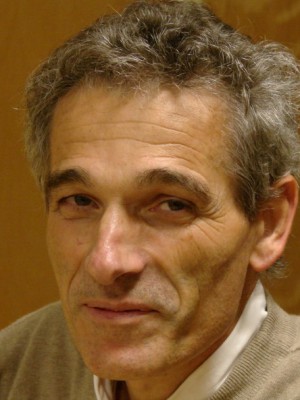resumo
In this study, a novel Fe2-xNixTiO5 catalyst for potential applications in biomass gasification gas cleaning/ upgrading was investigated. The material was successfully synthesized through combined mechanical activation and microwave firing. Catalytic steam reforming was studied in a fixed bed tubular reactor, using a mixture of toluene and naphthalene as model tar compounds as well as downstream a fluidized bed gasifier. Fe2-xNixTiO5 catalyst showed high activity in converting the model compounds at temperatures higher than 700 degrees C. The catalyst exhibited a tar conversion of 78% at 800 degrees C when exposed to biomass-derived gas from a bubbling fluidized bed gasifier. Nevertheless, the catalytic activity declined with increased time on stream due to structural changes in iron active phases, caused by redox conditions of the producer gas. Furthermore, thermodynamic calculations suggest that sulfur chemisorption on the nickel surface, may also contribute to the catalyst deactivation.
palavras-chave
FLUIDIZED-BED GASIFICATION; NI-BASED CATALYSTS; REFORMING CATALYST; BREAKDOWN CATALYST; RAW GAS; NICKEL; MODEL; ADSORPTION; METHANE; ELIMINATION
categoria
Energy & Fuels; Engineering, Chemical
autores
Ruivo, LCM; Pio, DT; Yaremchenko, AA; Tarelho, LAC; Frade, JR; Kantarelis, E; Engvall, K
nossos autores
Projectos
Novos conceitos de catalisadores para oxi-vapor gasificação de biomassa sem alcatrões. (NOTARGAS)
SusPhotoSolutions - Soluções Fotovoltaicas Sustentáveis (SUSPHOTOSOLUTIONS)
agradecimentos
The authors acknowledge the the financial support through projects NOTARGAS (ref. POCI-01-0145-FEDER-030661) and SusPhotoSolutions -Solucoes Fotovoltaicas Sustentaveis, PO Centro 2020 (ref. CENTRO-01-0145-FEDER-000005). Thanks are due to Portuguese Foundation for Science and Technology (FCT)/Ministry of Science, Technology and Higher Education (MCTES) for the financial support to CESAM (UIDP/50017/2020 + UIDB/50017/2020), and CICECO (UIDB/50011/2020 & UIDP/50011/2020), through national funds, and BRISK 2 funded by EU Horizon 2020.The authors also acknowledge the Portuguese Foundation for Science and Technology and The Navigator Company for providing financial support to the PhD scholarship granted to Daniel Pio (ref. PD/BDE/128620/2017) and Luis Ruivo (ref. SFRH/BD/129901/2017). Part of this work was carried out with the support of the Swedish Gasification Centre (SFC). Funding from the Swedish Energy Agency (34721-2), academic and industrial partners is gratefully acknowledged.




